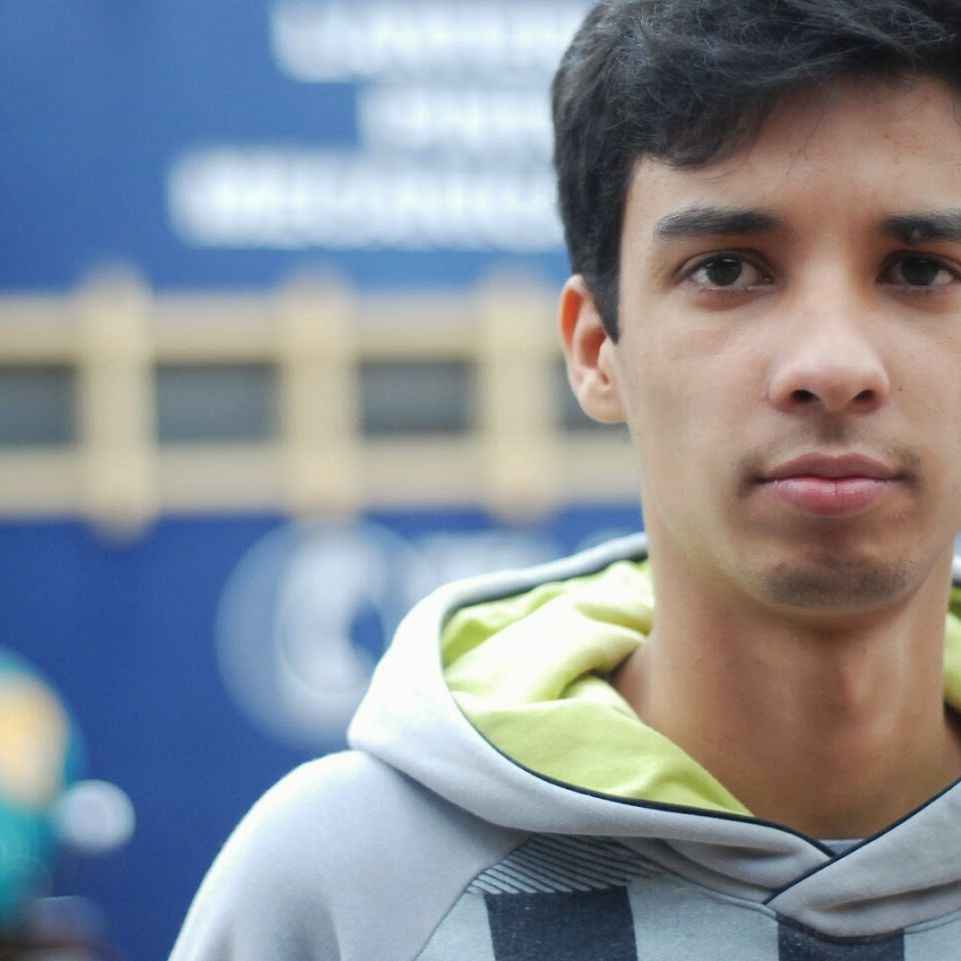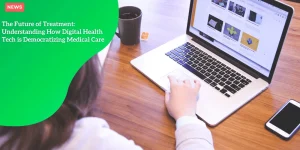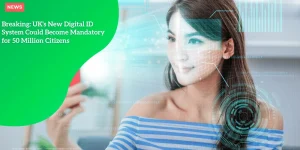Revolutionary AI-Powered Holocaust Education: How Testimony 360 Brings Survivor Stories to Life in UK Classrooms
Anúncios
Introduction to Testimony 360
Testimony 360 is an innovative educational program introduced by the Holocaust Educational Trust, aimed at enhancing Holocaust education for UK students in Years 9-13.
This groundbreaking initiative leverages digital eyewitness testimonies and virtual reality (VR) to create a deeply immersive learning experience.
Anúncios
Combining Technology with Education
By blending advanced technology with historical education, Testimony 360 enables students to engage with the Holocaust in an unprecedented way.
Using tools such as volumetric capture cameras and AI-powered systems, the program brings the past to life with incredible detail and interaction.
Anúncios
Students can converse with digital representations of Holocaust survivors and virtually explore significant historical sites.
Support for Curricula
The program’s workshops seamlessly integrate with the history, citizenship, and religious studies curricula.
These in-school sessions are offered at no cost to schools, making it accessible to a wide range of students.
The heart of the program is the free workshops which allow students to connect with survivors’ stories on a personal level, enhancing their understanding and emotional connection to the subject matter.
By merging cutting-edge technology with compelling personal narratives, Testimony 360 ensures that the lessons of the Holocaust remain relevant and impactful for generations to come.
This program not only educates but inspires students to remember and reflect on the importance of these historical events in a meaningful way.

Groundbreaking Technology Integration
Volumetric Capture Cameras
Testimony 360’s innovative approach to Holocaust education begins with volumetric capture cameras, a technology that redefines how we record and preserve history.
These cameras capture Holocaust survivors in three dimensions, including their detailed expressions and gestures.
This 3D filming technique ensures that the recorded interviews are not only accurate but also rich in emotional depth and nuance.
Students can see the survivors’ expressions as they recount their experiences, bringing an added layer of authenticity to their testimonies.
By integrating volumetric capture, Testimony 360 delivers a highly engaging and emotionally resonant learning experience for students.
AI-Powered Interaction
Once the volumetric capture phase is complete, the footage is processed by an AI-powered system.
This advanced technology can interpret over 1,000 pre-recorded responses, making it possible for students to engage in seemingly live conversations with digital representations of the survivors.
When a student asks a question, the AI system retrieves the appropriate response from the recorded sessions, making the experience interactive and personalized.
This unique feature allows students to explore the survivors’ stories in-depth, making history more relatable and impactful.
Virtual Reality Headsets
To further enhance the educational experience, Testimony 360 incorporates virtual reality (VR) headsets.
Through VR, students can virtually visit significant Holocaust sites, such as ghettos and concentration camps mentioned in the survivors’ testimonies.
This immersive technology transports students to the very locations where historical events unfolded, providing a visceral understanding of the Holocaust’s atrocities.
The ability to visualize and explore these critical sites makes the historical context more tangible and encourages a deeper connection to the material.
By combining these groundbreaking technologies—volumetric capture, AI-powered interactions, and VR—Testimony 360 ensures that the stories of Holocaust survivors are not only preserved but also made profoundly engaging for students.
This innovative integration of technology and education creates an unparalleled learning environment, helping students to develop a comprehensive and empathetic understanding of the Holocaust.
Next, we’ll explore the structure and implementation of this transformative program, highlighting how schools and educators are prepared and supported in providing this invaluable learning experience.
The Survivor Experience: Manfred Goldberg’s Story
Manfred Goldberg’s Recording Experience
Manfred Goldberg, a 94-year-old Holocaust survivor, took a pioneering step to ensure his story will be accessible to future generations.
Over five days, he spent countless hours in a specialized green screen rig, answering more than 1,000 questions.
The recording process aimed to capture a wide range of experiences and emotions, making sure that his legacy could be preserved in a comprehensive and realistic way.
Preserving Stories through ‘Magic’
Goldberg himself described the technology as a “form of magic.” Using an AI-powered system, students can ask questions and receive responses as if they were speaking directly to him.
This interaction allows students to “converse” with him, making the historical events he discusses strikingly real and impactful.
His narrative resonates deeply, offering insights into the human aspect of history that textbooks often fail to convey.
Bringing the Holocaust to Life
Through the use of volumetric capture technology, Goldberg’s expressions, gestures, and emotions are intricately recorded.
The AI system then processes and sorts the vast data of his responses, which helps recreate authentic interactions.
This high-tech approach ensures that when students engage with Goldberg’s digital representation, they are met with an experience that feels personal and immediate.
Enhanced Learning with VR
The immersive elements do not stop there.
Testimony 360 employs virtual reality (VR) headsets to transport students to significant Holocaust sites, such as concentration camps and ghettos mentioned in Goldberg’s testimonies.
This journey provides a deeply emotional and informative experience, helping students visualize the settings and understand the gravity of the historical events discussed.
By presenting Manfred Goldberg’s story in such an innovative and engaging format, Testimony 360 allows for a personal and profound connection.
This initiative not only preserves the narratives of survivors but also ensures they remain accessible and impactful for future generations.
Program Structure and Implementation
Three-Part Program
Testimony 360 is structured to ensure students gain a comprehensive understanding of the Holocaust through a three-part program.
Teacher Preparation
The journey begins with teacher preparation. Educators are equipped with a specialized Teacher Pack, which contains essential background information, context about the Holocaust, and details on the survivors whose testimonies will be featured.
This foundation sets the stage for an informed and sensitive approach to the upcoming interactive sessions.
Interactive Workshop
The heart of Testimony 360 lies in its interactive workshop. Lasting 2.5 hours, this session is led by the Testimony 360 team and designed to engage students in an immersive learning experience. During the workshop:
- Students interact with digital representations of Holocaust survivors like Manfred Goldberg.
- Over 1,000 pre-recorded responses enable engaging, personalized conversations powered by an AI system.
- Virtual reality headsets allow students to virtually visit key Holocaust sites, such as ghettos and concentration camps.
This hands-on approach provides a vivid and memorable understanding of historical events by combining digital storytelling with state-of-the-art technology.
Reflection Session
After the workshop, students participate in a reflection session to help them process what they have learned.
Using materials provided by the Holocaust Educational Trust, teachers guide students in thoughtful discussions.
This session reinforces the lessons and encourages students to express their feelings, ask questions, and reflect on the testimonies and VR experiences.
The structure of Testimony 360 effectively supports history, citizenship, and religious studies curriculums, making it an invaluable educational tool.
This combination of personal stories and modern technology ensures a deep, lasting impact on students and educators.
By engaging with personal narratives, Testimony 360 not only educates but also preserves these stories for future generations, maintaining the vibrancy and relevance of Holocaust education.
This program continues to make profound strides in creating a meaningful connection to history for students today.
Impact and Student Engagement
Personal Connections and Realism
One of the most profound aspects of Testimony 360 is how it moves beyond textbooks and establishes a personal connection between students and Holocaust survivors.
Students express that interacting with a ‘real, visible person’ rather than merely reading names in textbooks makes a significant difference.
This connection helps them understand the human aspect of historical events, fostering a deeper emotional and educational impact.
Positive Feedback
The response from both students and teachers has been overwhelmingly positive.
A Year 10 student from London remarked how the program “gave the Holocaust personal meaning,” by connecting to a real person. Additionally, a secondary teacher from Leeds described the session as “truly outstanding” and praised its well-paced and engaging format.
This type of feedback highlights the success of Testimony 360 in making Holocaust education both effective and affective.
Deeper Understanding Through Technology
The combination of personal stories and advanced technology like AI and VR creates a unique learning environment.
Through virtual reality headsets, students can visit significant Holocaust sites such as concentration camps and ghettos, enhancing their understanding of historical events in a tangible way.
These immersive experiences compel students to reflect deeply on the past, appreciating its relevance to the present and future.
Engaging and Thought-Provoking Content
Testimony 360 doesn’t just educate—it engages and provokes thought.
The interactive workshops allow students to ask questions directly to digital representations of survivors, receiving poignant and informative responses.
This interaction ensures that the lessons from the Holocaust resonate powerfully with each student, thereby fostering an empathetic and informed perspective.
As we explore the importance of long-term commitment to Holocaust education using technology, it’s clear that programs like Testimony 360 are vital to preserving these crucial narratives for future generations.
Future-Proofing Holocaust Education
Continuous Expansion of Survivor Testimony Repository
One of Testimony 360’s primary goals is to ensure that a diverse range of Holocaust survivor stories are preserved and shared.
By continuously expanding its repository of testimonies, the program provides students with a broader and deeper understanding of the Holocaust.
The inclusion of varied narratives helps to capture the differing experiences and perspectives of survivors, presenting a more holistic view of this historical atrocity.
Preservation of Firsthand Accounts for Future Generations
The preservation of firsthand survivor accounts is vital for future generations.
Testimony 360 utilizes cutting-edge volumetric capture cameras to digitally immortalize these testimonies.
This technology captures not just the words, but also the emotions, expressions, and gestures of the survivors, making their stories come alive for students.
This method ensures that the invaluable contributions of survivors like Manfred Goldberg will continue to educate and inspire young minds long after they are gone.
Ensuring Ongoing Awareness and Understanding Through Technological Innovation
Testimony 360 is committed to leveraging technological innovation to keep the lessons of the Holocaust relevant and impactful.
By integrating advanced technologies such as AI-powered interaction systems and VR headsets, the program makes these historical narratives engaging and memorable for today’s students.
The immersive experiences provided by VR enable students to virtually visit significant Holocaust sites, fostering a profound personal connection to the history they are learning.
As Testimony 360 continues to evolve and expand, its dedication to preserving Holocaust memories through innovative technology will ensure that these crucial lessons remain accessible and impactful for future generations.






